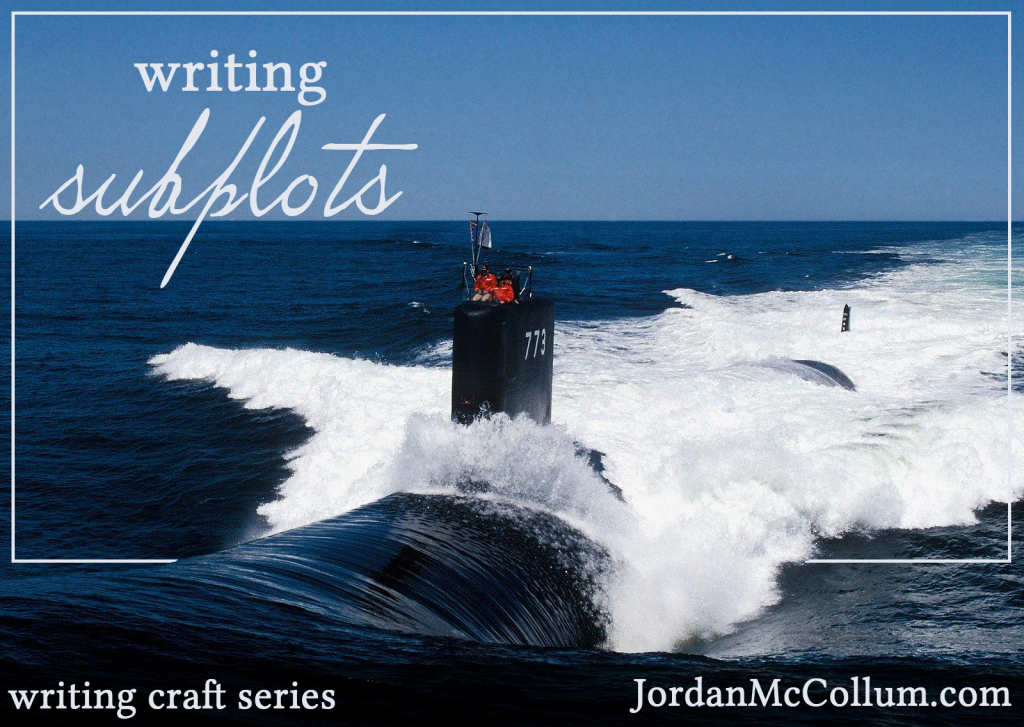Subplots can be tricky little devils, eh? If you’ve already determined your subplots are definitely necessary (or you made them that indispensable) and they’re not trying to take over your story, here are a few things to look out for when using a subplot.

Mirroring subplots
When using a subplot to mirror the main character’s journey, one danger is to make the subplot superfluous by too closely mirroring the main plot. A second identical plot doesn’t add anything to the book.
Fix it: Brainstorm ways to differentiate the plots, such as:
- How can I show something unique about the main/secondary character through this subplot?
- How can I refine or clarify the main plot/theme through this subplot?
- How can I foreshadow the main plot without giving it away in this subplot?
With mirroring subplots, however, it’s also possible to go too far the other direction. Remember that the purpose of a mirroring subplot is to reinforce a part of the main story: the character’s internal journey, the external plot, characterization, etc. If we mirror that piece of the main story, but cast it in a contradictory light, we’re undercutting our main story instead of reinforcing it.
For example, if we’re mirroring the main character’s arc, but the secondary character does the “wrong” thing, refuses to grow, we can’t reward them by giving them what they want. That doesn’t show the main character that their path to growth is a good thing!
Contrasting subplots
A contrasting subplot shows the opposite sort of progress, growth or change as the main plot—for example, a secondary character exhibits the same weakness as the main character, but refuses to go on a journey to growth like the main character does.
To make sure this works in your subplot, be sure that:
- The secondary character’s weakness is the same as or highly similar to the main character’s.
- The secondary character does not go on a journey to growth, despite having the same opportunity.
- When the secondary character refuses to grow, she reaps negative consequences.
- The ultimate outcome for the character is negative.
This way the contrasting subplot reinforces the character’s arc.
Complicating subplots
When your subplot is affecting the main character, but the secondary characters aren’t growing or changing, you may have a complicating subplot. Personally, I’d double check to make sure you really want a complicating subplot rather than a mirroring or contrasting one, since those add extra depth.
One of the major dangers of complicating subplots is appearing superfluous. Make sure that your characters really affect the main plot and main characters, and nothing else could do the same job.
Conversely, you could be making your secondary characters or subplot work too hard—if they’re the only thing that propels the main plot or the main character, that could indicate a proactivity problem with the main parts of your book.
Meddling secondary characters are great for creating conflict in a book. But if your secondary characters are coming out of the woodwork to resolve all the main characters’ problems—without the protagonists really working for them—it feels like the main character is relying on a deus ex machina for resolution, rather than learning, growing and becoming a stronger person. And which of those would you rather read?
What are other common dangers of subplots?
Photo credit: Pacific Northwest National Laboratory


